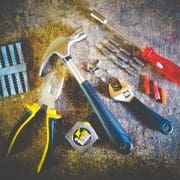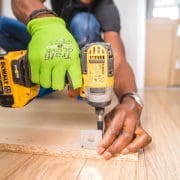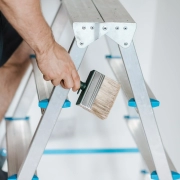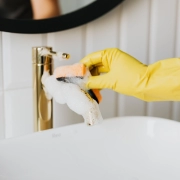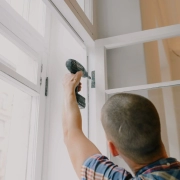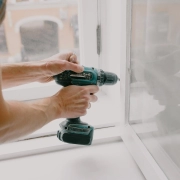Step-By-Step Guide to Fixing a Leaky Tap
A leaky tap is more than just an annoying sound; it’s a waste of water and money. The constant dripping can even lead to costly problems down the line, such as water damage. But fear not, fixing a leaky tap is a task well within the reach of most DIY enthusiasts. In this guide, My Local Handyman in Brisbane provides a step-by-step walkthrough to tackle this common household issue.
Tools and Materials Needed
- Adjustable wrench
- Screwdriver set
- Plumber’s tape
- Replacement O-rings, washers, or a new cartridge (depending on your tap type)
- Towel or cloth
- Bucket
Before You Start
Safety First: Turn off the water supply to your sink. This is usually done via the shut-off valve under the sink.
Diagnosis: Figure out where the leak is coming from. The leak’s location can usually tell you which part may need replacing.
Step-by-Step Instructions
Step 1: Disassemble the Tap
- Place a towel in the sink to catch any dropped parts.
- Use a screwdriver to remove any decorative parts of the handle knobs.
- Use a screwdriver or an adjustable wrench to remove the screw that attaches the handle to the stem and take off the handle.
Step 2: Identify the Culprit
- Examine the parts to determine the cause of the leak.
- Typical culprits include worn-out O-rings, a corroded valve seat, or worn-out washers and gaskets.
Step 3: Remove the Old Parts
- Use an adjustable wrench to loosen the packing nut.
- Remove the stem and take off the faulty O-ring and washer.
- Replace them with new ones that fit your tap model.
Step 4: Apply Plumber’s Tape
- Wrap plumber’s tape around the threads of the stem.
- This helps in creating a tighter seal, preventing future leaks.
Step 5: Reassemble and Test
- Reassemble the tap in the reverse order you took it apart.
- Slowly turn the water supply back on and test to see if you’ve fixed the leak.
Step 6: What If the Leak Persists?
- If the tap still leaks, the issue might be more serious, like a corroded valve seat or broken plumbing.
- In these cases, it’s best to seek professional help.
Fixing a leaky tap can be a straightforward task with the right guidance. This step-by-step guide should have empowered you to tackle the problem head-on and solve it efficiently. However, some issues can be more complex than they appear. If your tap continues to leak after you’ve replaced the typical culprits, it may be time to call in the professionals. As always, My Local Handyman in Brisbane is here to assist with any home improvement or repair needs you may have. Good luck and happy fixing!
